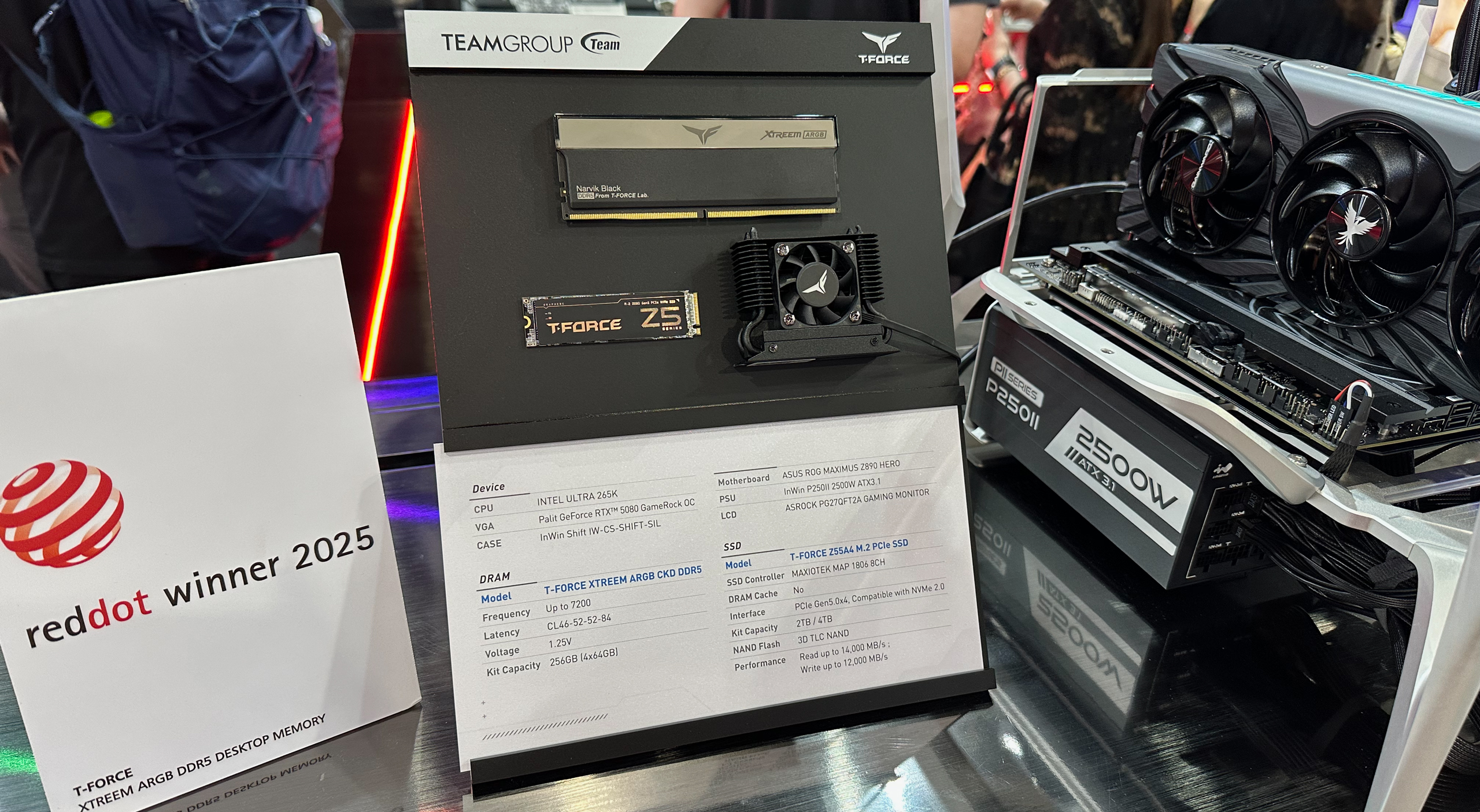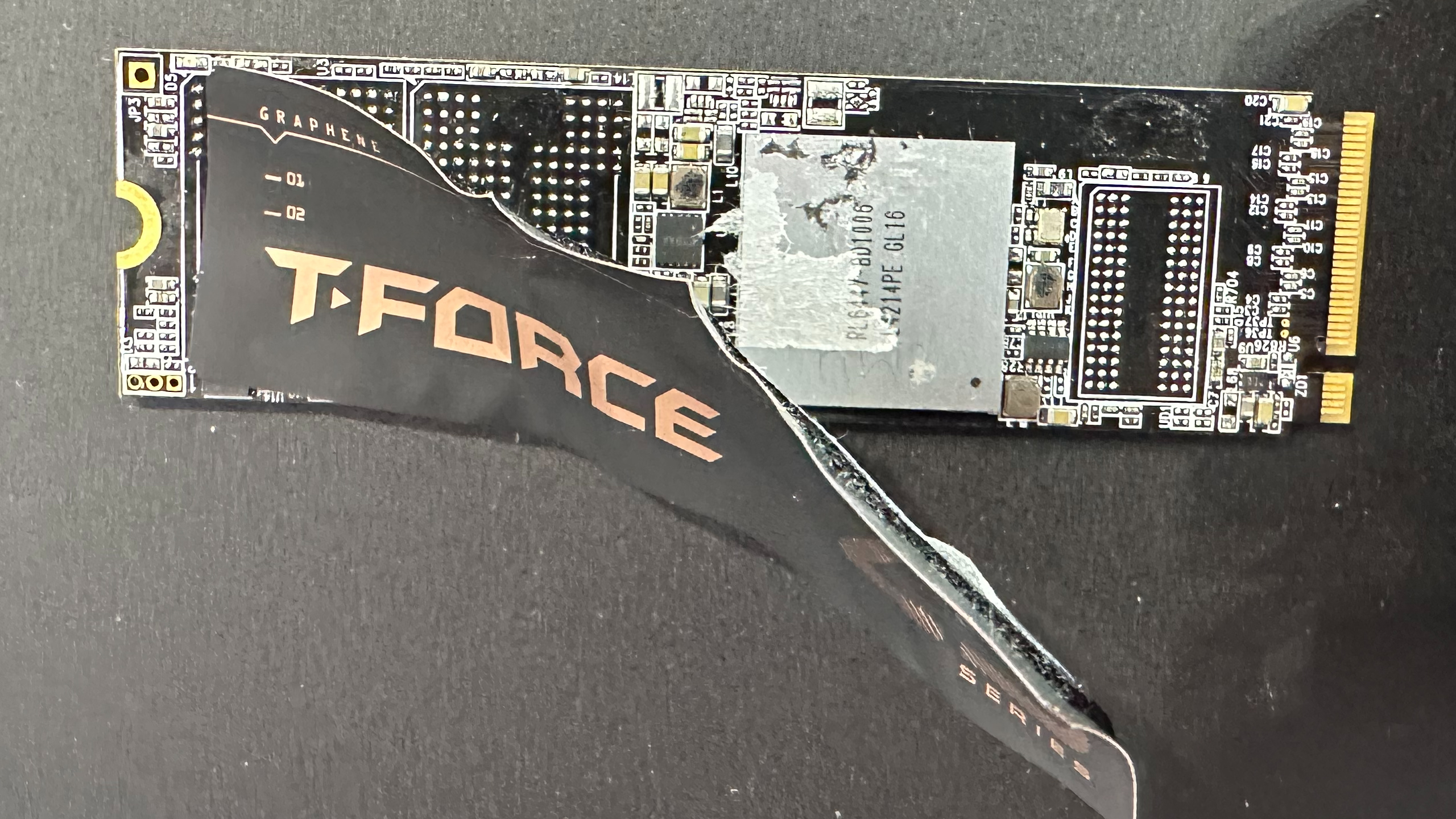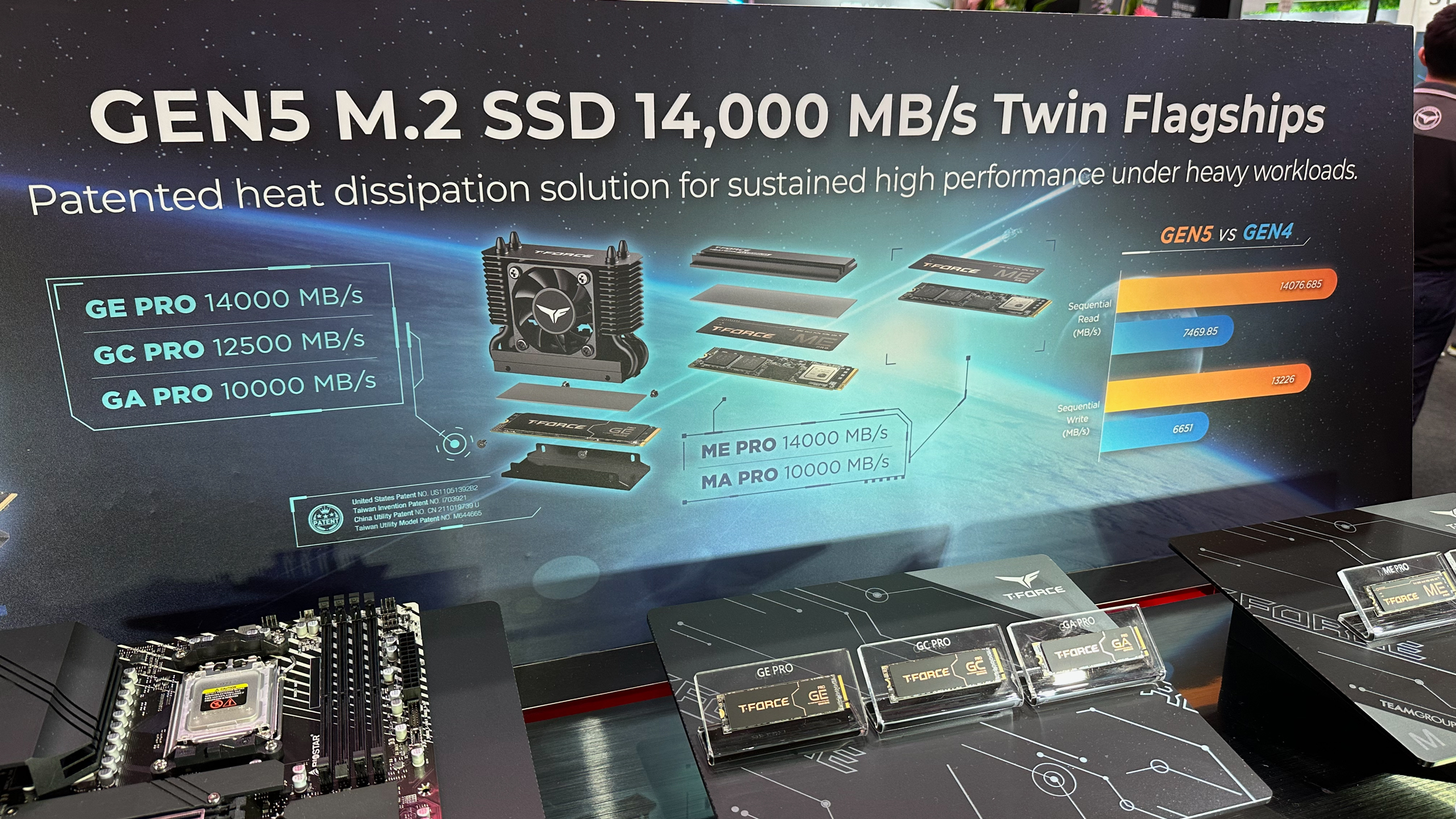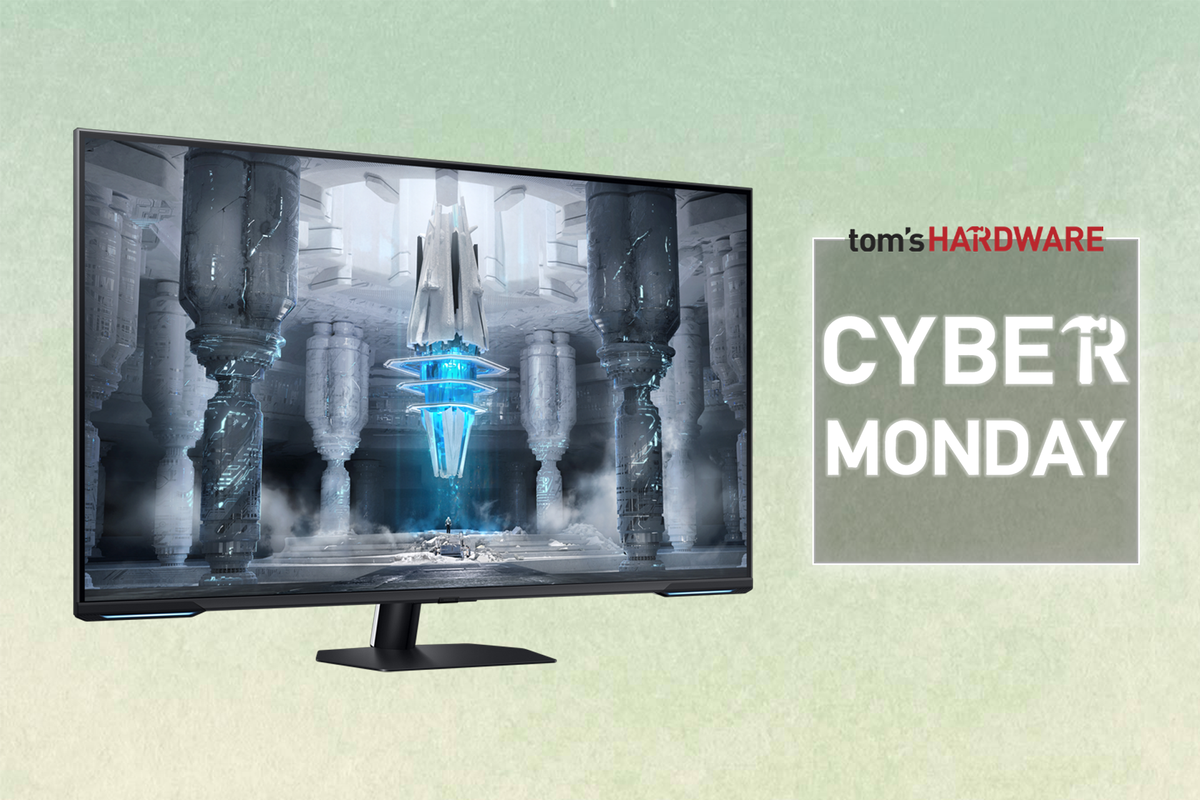TeamGroup is a company that tends to adopt multiple SSD platforms to ensure it has relevant drives at competitive price points. Back in the day, the company would not even disclose the controller or memory producer for its SSDs to remain flexible. However, nowadays, the company has grown large enough to support multiple high-end PCIe 5.0 x4 SSD lineups based on four different controllers.
Indeed, TeamGroup demonstrated six different SSD families offering different levels of performance based on controllers from Innogrit (IG5666), Maxio Technology (MAP1806), Phison (PS5028-E28), and Silicon Motion (SM2508) at Computex 2025. All of these drives use 3D TLC NAND memory from various makers to hit different price points, and all of them are definitely contenders to get into our best SSDs list.
Swipe to scroll horizontally
Model | Controller | Memory | Sequential Read | Sequential Write | Max Capacity |
T-Force Z5 Z54E | Phison PS5028-E28 | Kioxia 3D TLC BICS 8T | 14 GB/s | 14 GB/s | 4TB |
T-Force ME Pro | Silicon Motion SM2508 | 3D TLC | 14 GB/s | 12 GB/s | 4TB |
T-Force Z5 Z55A4 | Maxiotek MAP1806 | YMTC 3D TLC (?) | 14 GB/s | 12 GB/s | 4TB |
T-Force GE Pro | Innogrit IG5666 | 3D TLC | 14 GB/s | 12 GB/s | 8TB |
T-Force GC Pro | Innogrit IG5666 | YMTC 3D TLC 232L X3-9070 | 12.5 GB/s | 8.5 GB/s | 4TB |
T-Force GA Pro | Innogrit IG5666 | 3D TLC | 10 GB/s | 8.5 GB/s | 2TB |
TeamGroup is gearing up to launch its flagship T-Force Z5 Z54E based on the Phison PS5028-E28 controller for gamers, as well as the T-Force ME Pro based on the Silicon Motion SM2508 for a more professional segment. The key selling point of the T-Force Z54E will be unbeatable sequential read and write performance. On the other hand, the key selling point of the T-Force ME Pro will be its relatively low heat dissipation and power consumption, something that creative professionals with laptops or compact desktops will appreciate.

The company also displayed a rather interesting T-Force Z5 Z55A4 drive, based on the Maxiotek MAP1806 controller, the company's first PCIe Gen5 SSD without a DRAM cache and one of its first offerings based on a controller from Maxio. The storage solution promises a maximum sequential read speed of 14 GB/s as well as a maximum sequential write speed of 12 GB/s. Interestingly, the Z55A4 SSD prototype demonstrated at the show did not carry either 3D NAND or DRAM memory.

Additionally, TeamGroup offers three different 'Pro' badged drives based on the Innogrit IG5666 controller. There’s the higher-end T-Force Ge Pro that peaks at 14 GB/s and 11.8 GB/s sequential read and write speeds as well as GC Pro and GA Pro drives that are considerably slower and cheaper.

It is common for SSD manufacturers to use controllers from multiple suppliers for different drives. Also, makers of cheap SSDs sometimes change controllers and memory on the same drive model to maintain or lower their costs. However, TeamGroup uses different controllers for different high-end drives that overlap with each other in terms of performance.
Such tactics enable the company to address all market segments with a preferable platform while using internal competition as leverage in negotiations with controller makers over price. Additionally, assuming it can secure a lower price, particularly with companies competing for market share, it can pass the savings on to the end user and gain a higher market share in the high-end SSD market from competitors that rely on only one SSD platform. However, this strategy requires the company to allocate more resources to R&D, which increases its costs.
Follow Tom's Hardware on Google News to get our up-to-date news, analysis, and reviews in your feeds. Make sure to click the Follow button.

 6 months ago
72
6 months ago
72








 English (US) ·
English (US) ·